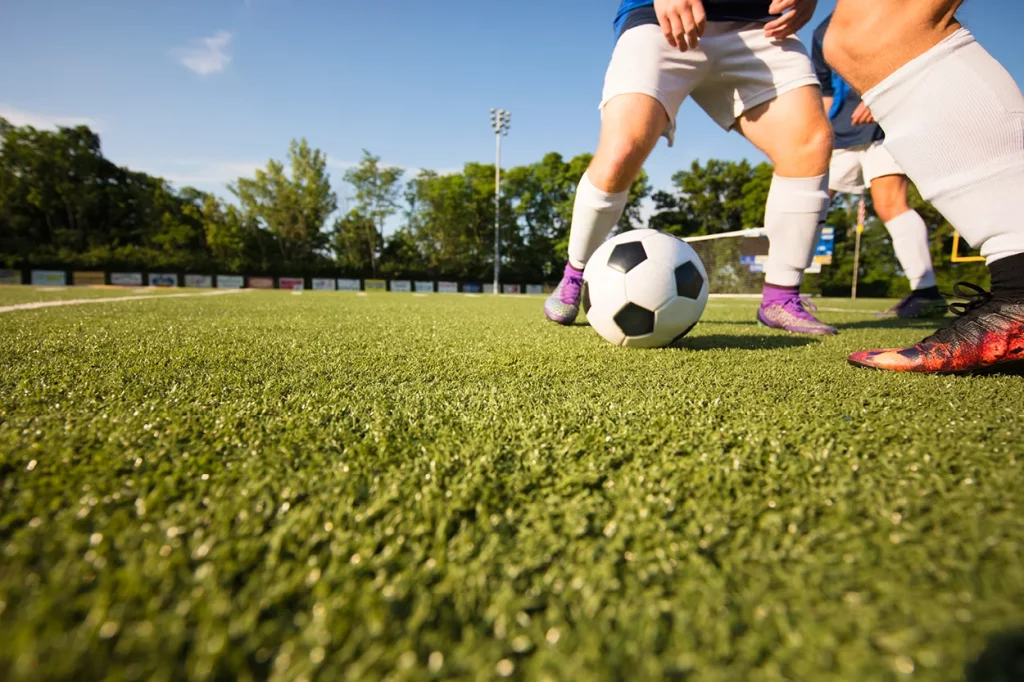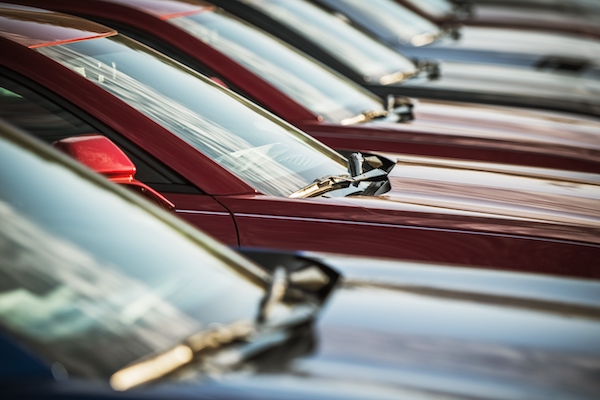
When planning or upgrading a soccer facility, many decisions go into creating a field that players enjoy and trust. But the playing surface is usually the most important of them all. It affects how athletes move, how the ball behaves, and how often the field can be used throughout the week. Still, facility owners often hear general advice about “choosing any synthetic option,” when in reality the quality of the turf has a long-term impact on performance and operating costs.
High-quality turf systems are built with stronger materials, better engineering, and more reliable play characteristics. These differences directly influence how the facility performs over time. This article takes a closer look at the core benefits and explains why choosing the right turf matters for every modern soccer field.
Better Facility Reputation and User Experience
A facility’s reputation often begins with how the field performs. High-quality turf creates smoother movement, more accurate ball response, and a stable surface that feels professional. These improvements elevate the athlete experience and allow coaches to run sessions without adjusting to unpredictable field behavior.
Providers like Keystone Sports Construction strengthen this experience even more through advanced engineering in their soccer turf designs. Their models have a unique balanced matrix design where fibers are spaced equally in all directions. This layout helps maintain the ball’s speed, spin, and trajectory across the entire field, reducing irregular bounces, eliminating dead zones, and supporting a smooth, controlled flow during play.
This uniform response is especially valuable for competitive training, where precision matters. When players trust the field, they feel more comfortable during practice and matches. As a result, they return more often, share positive feedback, and contribute to the facility’s growing reputation for being reliable and well managed.
Enhanced Player Safety and Lower Injury Risk
Safety always comes first in a soccer facility, and a strong, well-designed turf system is a big part of making that happen. It helps protect athletes by offering even footing and cushioning that reduces strain during quick turns and sudden stops. When the surface stays balanced and stable, the risks of slips, awkward landings, and joint stress become much lower.
Quality systems also use a combination of advanced infill and shock-absorbing layers that reduce the force athletes feel during high-intensity play. Stable traction also supports cleaner movement, which helps prevent unnecessary muscle strain. When the field feels predictable, athletes can focus on performing instead of worrying about potential injuries.
Facilities that invest in safer surfaces often see better player satisfaction, fewer disruptions in training schedules, and a stronger sense of trust from coaches and parents.
Lower Long-Term Operating and Maintenance Costs
Choosing a premium turf system often lowers long-term maintenance costs. Better materials stay intact longer, hold infill more effectively, and maintain their shape without constant grooming. This reduces the need for frequent repairs, resurfacing, or emergency interventions during busy sports seasons.
Facilities benefit from easier planning because maintenance schedules become more predictable. Water management improves as well, reducing concerns like pooling or hardened areas. Over time, the combination of durability and lower upkeep costs creates a more efficient operating environment and keeps the field available for more hours of play.
For facility managers, this means a better return on investment and a smoother operational flow.
Customised Solutions for Different Facility Needs
Every soccer facility serves different types of players and programs. High-quality turf systems offer customization options that let owners choose what fits their needs best. This includes selecting fiber height, infill type, surface density, and shock pad thickness.
Youth fields may benefit from softer cushioning, while competitive training facilities often choose a firmer, faster surface for technical precision. Indoor fields may require different materials to handle controlled environments and higher foot traffic.
Customisation ensures the turf supports the level of play, ages well with usage, and delivers a reliable experience all year long.
Greater Financial Predictability for Long-Term Planning
High-quality turf gives facility owners something incredibly valuable: predictable costs. When the surface is built with stronger materials and reliable engineering, there are fewer surprise repairs, fewer unexpected closures, and far less reactive spending. This steadiness makes it easier to manage budgets through busy and slow seasons.
Financial predictability also supports better long-term planning. You can map out maintenance cycles, replacement timelines, and yearly operating costs with more confidence because the turf behaves consistently over time. Instead of budgeting for unpredictable damage control, resources can be allocated toward growth, new programs, or facility improvements.
A stable financial outlook strengthens the overall business model. With fewer disruptions and clearer cost expectations, facilities operate more efficiently and can commit to long partnerships. This reliability helps the facility stay competitive and positions it for long-term success.
Final Thoughts
Quality turf influences every part of a modern soccer facility. It shapes performance, supports safety, reduces maintenance needs, and helps build a strong reputation with players and coaches. By focusing on reliable materials and thoughtful engineering, facility owners can create a field that stays consistent, comfortable, and dependable season after season. A well-chosen turf system becomes a long-term investment that benefits athletes, managers, and the overall success of the facility.



